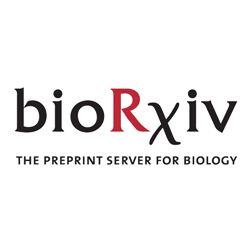Agata Wolna
@awolna.bsky.social
80 followers
110 following
45 posts
Neuroscience of Language | Post-doc in EvLab at MIT
Posts
Media
Videos
Starter Packs
Pinned
Agata Wolna
@awolna.bsky.social
· Apr 3

The extended language network: Language selective brain areas whose contributions to language remain to be discovered
Although language neuroscience has largely focused on core left frontal and temporal brain areas and their right-hemisphere homotopes, numerous other areas - cortical, subcortical, and cerebellar - ha...
biorxiv.org
Reposted by Agata Wolna
Colton Casto
@coltoncasto.bsky.social
· Apr 21

The cerebellar components of the human language network
The cerebellum's capacity for neural computation is arguably unmatched. Yet despite evidence of cerebellar contributions to cognition, including language, its precise role remains debated. Here, we sy...
www.biorxiv.org
Reposted by Agata Wolna
Cory Shain
@coryshain.bsky.social
· Mar 31

A language network in the individualized functional connectomes of over 1,000 human brains doing arbitrary tasks
A century and a half of neuroscience has yielded many divergent theories of the neurobiology of language. Two factors that likely contribute to this situation include (a) conceptual disagreement…
doi.org
Agata Wolna
@awolna.bsky.social
· Apr 3
Agata Wolna
@awolna.bsky.social
· Apr 3
Agata Wolna
@awolna.bsky.social
· Apr 3
Agata Wolna
@awolna.bsky.social
· Apr 3
Agata Wolna
@awolna.bsky.social
· Apr 3
Agata Wolna
@awolna.bsky.social
· Apr 3
Agata Wolna
@awolna.bsky.social
· Apr 3
Agata Wolna
@awolna.bsky.social
· Apr 3

The extended language network: Language selective brain areas whose contributions to language remain to be discovered
Although language neuroscience has largely focused on core left frontal and temporal brain areas and their right-hemisphere homotopes, numerous other areas - cortical, subcortical, and cerebellar - ha...
biorxiv.org
Agata Wolna
@awolna.bsky.social
· Apr 3
Agata Wolna
@awolna.bsky.social
· Apr 3
Agata Wolna
@awolna.bsky.social
· Apr 3








